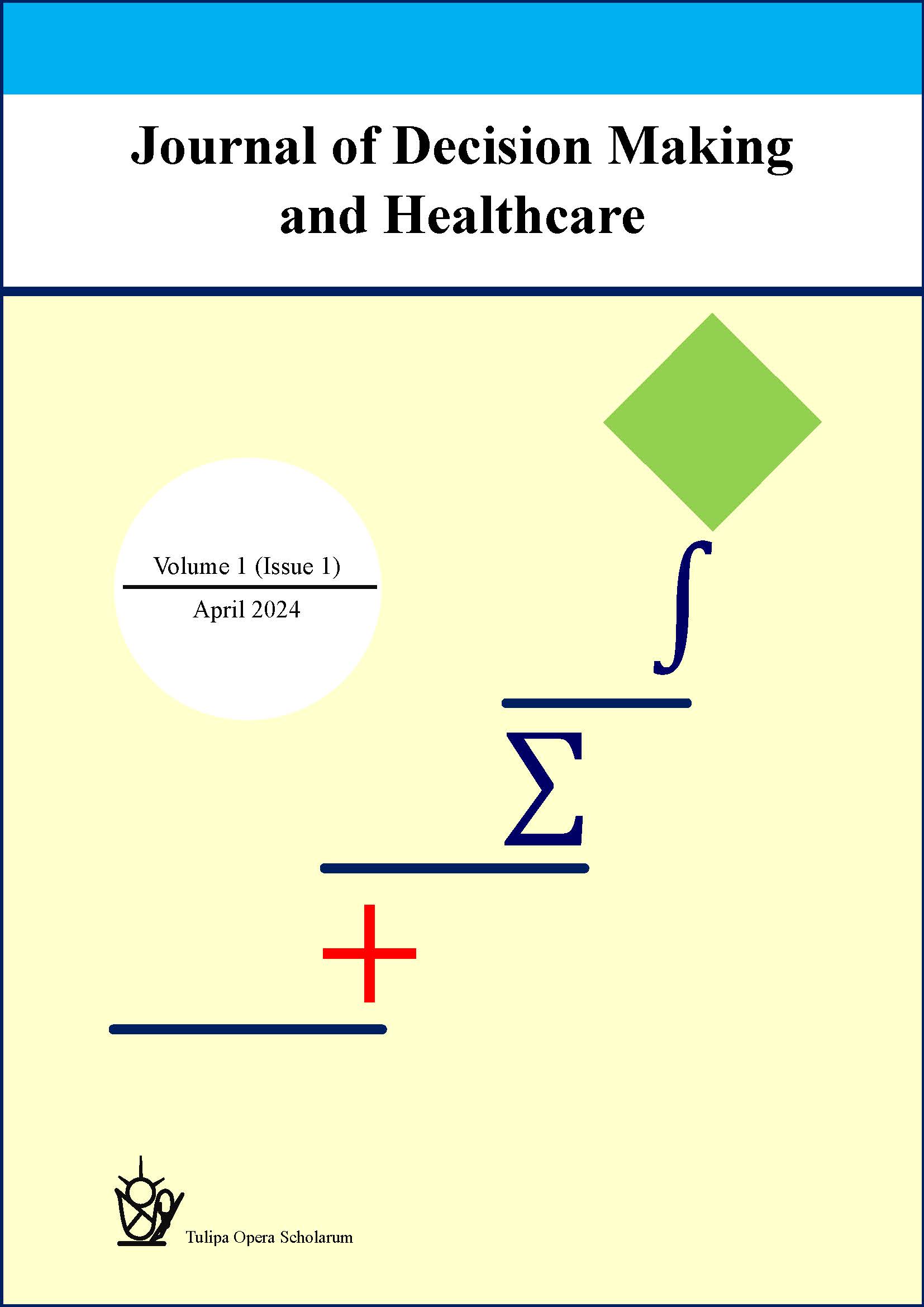2.5D ensemble learning for intracranial tumor segmentation
Journal of Decision Making and Healthcare, Volume 2, Issue 1, April 2025, Pages: 83–92
CHIH-FAN KUO
Department of Education, China Medical University Hospital, China Medical University, Taichung 40402, Taiwan
FENG-SHENG TSAI
Department of Biomedical Informatics, China Medical University, Taichung 40402, Taiwan
Research Center for Interneural Computing, China Medical University Hospital, Taichung 40447, Taiwan
Abstract
Localizing tumors in medical images for radiation therapy is a time-intensive task, potentially addressable with AI, such as deep learning. However, processing 3D medical images presents challenges, particularly regarding the significant computational resources needed. To tackle this, our research introduces a 2.5D ensemble learning framework. This approach utilizes semi 2D images as the dataset, employing an ensemble of models trained on axial, coronal, and sagittal views. Our study utilized 1500 brain magnetic resonance imaging (MRI) scans along with their corresponding tumor segmentation masks collected from 2020 The 3rd Asia Cup Brain Tumor Segmentation Challenge. We employed a modified U-Net architecture and established a 3D model as a baseline for comparison against our 2.5D ensemble learning framework. The 3D model achieved dice, precision, and recall scores of 0.5694, 0.6304, and 0.5789, respectively. In contrast, our 2.5D ensemble model demonstrated superior performance with dice, precision, and recall scores of 0.6011, 0.6527, and 0.6162, while requiring fewer computational resources.
Cite this Article as
Chih-Fan Kuo and Feng-Sheng Tsai, 2.5D ensemble learning for intracranial tumor segmentation, Journal of Decision Making and Healthcare, 2(1), 83–92, 2025

